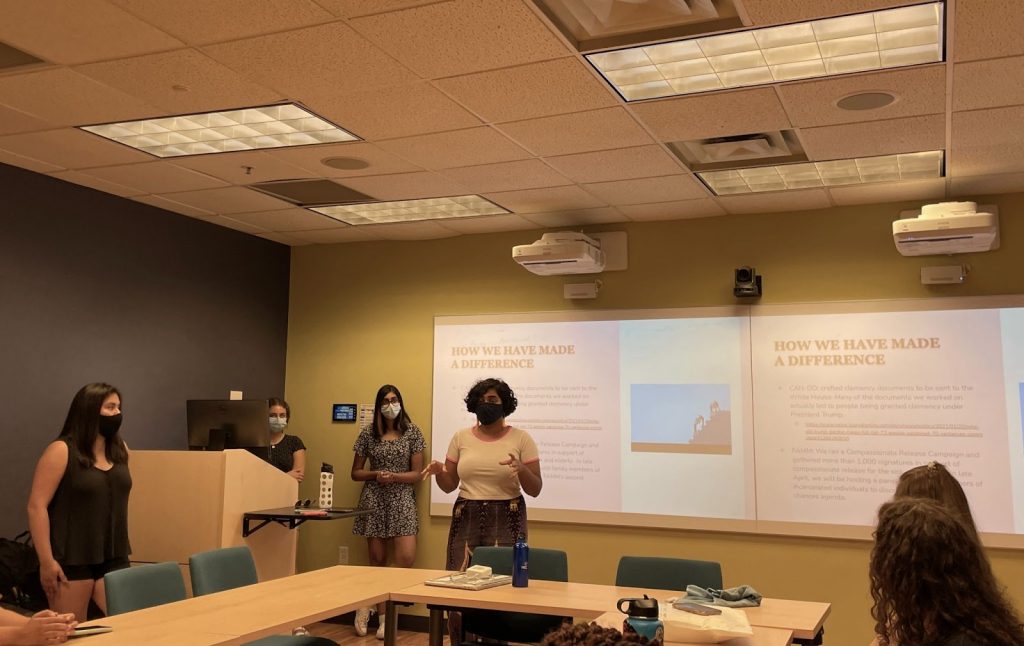Berkeley community members react to efficacy of vaccine verification mandate

While the city of Berkeley has required restaurants and most businesses to check proof of vaccination following its mandate that went into effect Sept. 10, community members have reported varying degrees of success with its implementation.
The mandate primarily restricts gyms and dine-in restaurant services to vaccinated individuals, requiring customers to show their COVID-19 vaccination card and ID card before entering.
Campus junior Tomo Yoshino, who works at Hearst Memorial Gymnasium, has followed policies about checking campus access badges for everyone who enters. However, he did not have a similar experience with restaurants checking proof of vaccination.
“I’ve only been asked to (show vaccination status) once when me and my friends decided to go to Blaze Pizza,” Yoshino said. “I think we’ve been enforcing it really strictly just because we’re part of the campus, and we have to maintain that image.”
According to a campus website, the campus access badge tracks COVID-19 vaccination and surveillance testing status.
Yoshino also noted that only accepting the campus access badge can be frustrating even for students, and it excludes people such as sports coaches who do not have campus access badges.
Pho K & K waiter Tran Luyen said the restaurant requests vaccination cards and government identification from customers upon entrance. Much of its customer base consists of students and restaurant regulars, Luyen added.
Students can show proof of vaccination with a mobile device and, for frequent customers, the restaurant may bypass the formality of checking identification, according to Luyen.
However, the additional step of verifying vaccines can be stressful for Pho K & K, as Luyen noted that the sign requiring proof of vaccination posted outside the restaurant sometimes deters new customers from entering the restaurant.
“Travelers come by and they see the sign and they walk past,” Luyen said. “Some hesitated to show their proof; they just don’t want to show their personal information.”
However, campus freshman Samantha Johnson prefers the tighter health restrictions for increased comfort and security from COVID-19.
Berkeley’s vaccination mandate will expand to require full proof of vaccination or mandatory testing for employees Oct. 15, according to the mandate.
“I don’t think it’s a hassle,” Johnson said. “I kind of like it because everyone in the restaurant is vaccinated … I would rather eat there.”
As of press time, Berkeley city representatives did not respond to requests for comment.
Contact Cindy Liu and Lily Button at newsdesk@dailycal.org.






